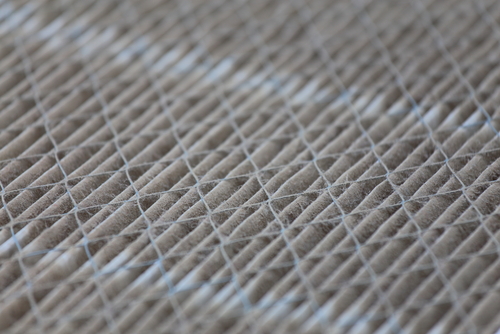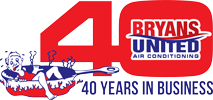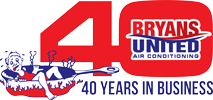 With another Louisiana cooling season approaching, it’s time to get your home’s cooling equipment ready for the hot days ahead. One of the simplest things you can do to make sure your air conditioner or heat pump runs properly is to change the air filter. Keeping fresh, clean air filters in your HVAC system ensures clean indoor air and optimum system performance.
With another Louisiana cooling season approaching, it’s time to get your home’s cooling equipment ready for the hot days ahead. One of the simplest things you can do to make sure your air conditioner or heat pump runs properly is to change the air filter. Keeping fresh, clean air filters in your HVAC system ensures clean indoor air and optimum system performance.
Cooling system air filters remove particulates such as dust, pollen, fibers, hair and other tiny solids from your indoor air. Filters should be changed as part of your cooling system’s annual maintenance activities. Starting the season off with a fresh filter means that your home’s air will be as clean as possible from the beginning.
In general, filters should be checked at least once a month and changed when dirty. If your home environment tends to have significant amounts of contaminants, filter changes may need to be more frequent. A good way to tell if a filter is dirty enough to change is by holding it up to a light source such as a lamp or bare light bulb. If you can’t see light through the filter, it definitely needs to be changed. Remember, dirty filters can lead to HVAC equipment breakdowns.
Filters should also be changed immediately if they are:
- Damaged, bent, torn, or ripped: Damaged filters can easily allow particulates to bypass the filter medium and enter your indoor air.
- Damp or wet: A filter affected by moisture or humidity won’t work well and could become the breeding ground for mold and mold spores that will then be distributed through your home’s air.
- Moldy or otherwise contaminated: Mold can be harmful to respiratory health, so if your HVAC system’s filter has mold or other material on it, change it and discard the old filter immediately.
Bryans United Air Conditioning has been providing high-quality HVAC services to New Orleans, Metairie, Laplace, St. Charles and the surrounding communities for more than 32 years. Contact us today for more information on air filter changes and to find the right air filter for your HVAC system.
Written by Zach Mouton
Image Provided by Shutterstock.com

